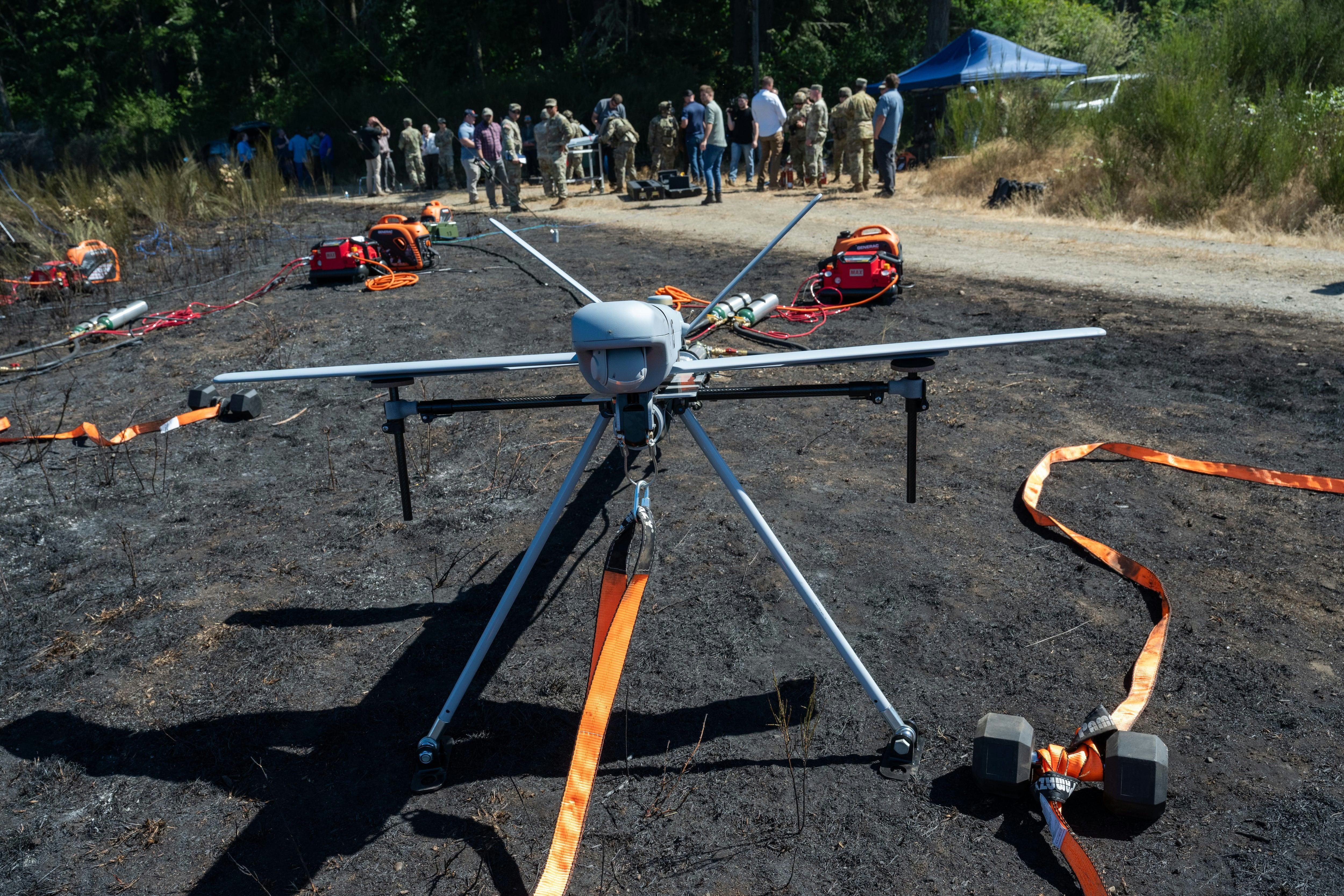
AeroGenie: il tuo copilota intelligente.
Tendenze
Categories
Airbus Engine Shortages Highlight Risks in Aerospace Supply Chains
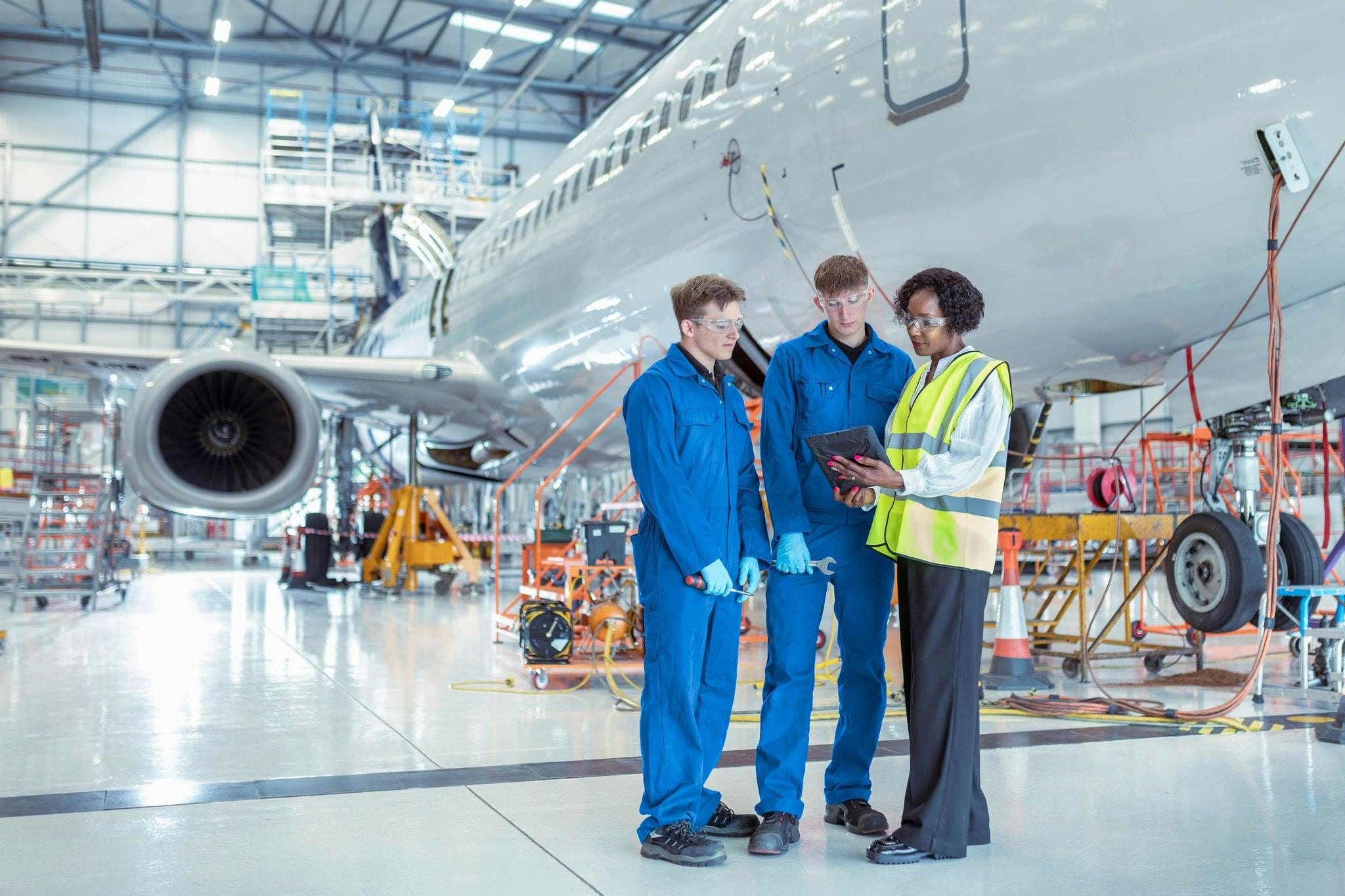
Airbus Engine Shortages Highlight Risks in Aerospace Supply Chains
The aerospace industry, long regarded as a cornerstone of global technological advancement, is currently grappling with significant supply chain vulnerabilities. Airbus’s recent engine shortages, which have resulted in a backlog of 60 “gliders” — airframes awaiting engines — and a 20% decline in A320neo deliveries, reveal systemic weaknesses that extend beyond a single manufacturer. These disruptions are reverberating throughout the sector, exposing the fragility of global supply chains, intensifying competitive pressures, and accelerating calls for digital transformation.
Engine Bottlenecks and Systemic Challenges
The production delays at Airbus are the outcome of a complex interplay of factors affecting key engine suppliers, notably CFM International—a joint venture between GE and Rolls-Royce—and Pratt & Whitney. Both have faced labor strikes, regulatory obstacles, and bottlenecks inherent in just-in-time manufacturing processes. By July 2025, the number of unfinished Airbus airframes had doubled, compelling the company to absorb approximately €1 billion in inventory costs. This situation reflects a broader industry trend: according to the Roland Berger 2025 report, 70% of aerospace firms now identify supply chain resilience as their foremost concern.
Compounding these challenges are global shipping disruptions. The cost of shipping from China to Europe has increased fivefold, driven by rerouting around the Red Sea and drought conditions in Central America. These factors have exacerbated material shortages and further delayed production timelines. The difficulties faced by the A350 program and the postponed integration of Spirit AeroSystems’ wing production underscore how interconnected vulnerabilities can undermine even the most sophisticated manufacturing operations.
Industry-Wide Impact and Competitive Dynamics
The repercussions of these shortages extend well beyond Airbus’s immediate operations. The aerospace supply chain is a tightly interwoven network, with many tier-2 and tier-3 suppliers operating on minimal margins. Labor shortages, geopolitical tensions—such as ongoing U.S.-China trade disputes—and residual effects of the COVID-19 pandemic have created a volatile environment. Recent strikes at Pratt & Whitney, for instance, disrupted the delivery of GTF engines, triggering cascading delays across the production chain.
These disruptions have also contributed to market volatility, with affected companies experiencing fluctuating stock prices and diminished consumer confidence. In response, competitors are accelerating the development of alternative engines and enhancing collaboration to mitigate supply chain risks. This heightened competition is prompting manufacturers to reconsider sourcing strategies and invest in more resilient operational models.
Digital Transformation and Strategic Investment
In the face of these challenges, the aerospace industry is undergoing a rapid transformation. The Aviation Supply Chain Integrity Coalition, established in 2024, has drawn attention to the increasing threat posed by counterfeit parts, encouraging companies to adopt advanced technologies such as digital twins and blockchain-based tracking to verify component authenticity. This technological shift is reshaping investment priorities and risk management approaches.
Investors are concentrating on three principal areas. First, digital supply chain solutions are gaining prominence, with platforms from SAP and PTC—particularly PTC’s Windchill—enabling real-time tracking, predictive maintenance, and AI-driven inventory optimization. PTC’s collaboration with Boeing, for example, has reduced component lead times by 18%. Second, resilient manufacturing infrastructure is becoming a priority, with localized production and 3D printing technologies advancing rapidly. Companies like GE Additive and 3D Hubs report that aerospace now accounts for 40% of their revenue, while advanced air mobility infrastructure, led by firms such as Joby Aviation and Wisk Aero, is projected to evolve into a $2 trillion market by 2030. Third, supplier diversification through vertical integration and securing alternative sources is proving essential. Airbus’s delayed acquisition of Spirit AeroSystems has compelled the company to explore new sourcing strategies to maintain its competitive edge.
Navigating an Evolving Aerospace Landscape
The engine shortages confronting Airbus serve as a stark illustration of the aerospace sector’s vulnerability to global disruptions. As supply chain risk management becomes increasingly critical, aerospace companies and investors must adapt to a rapidly changing environment, balancing innovation with resilience to safeguard the industry’s future.

Lufthansa's Fleet Plans for 2025
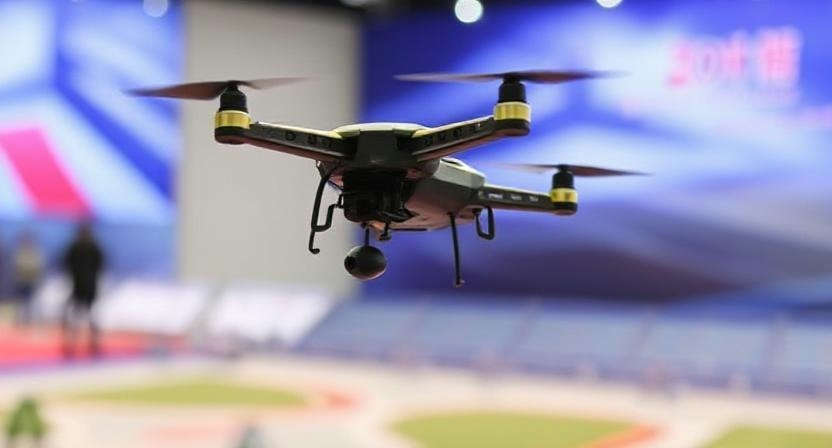
Fifteenth National Games Model Aviation Finals in Longhua Showcase Drone Sports and Innovation
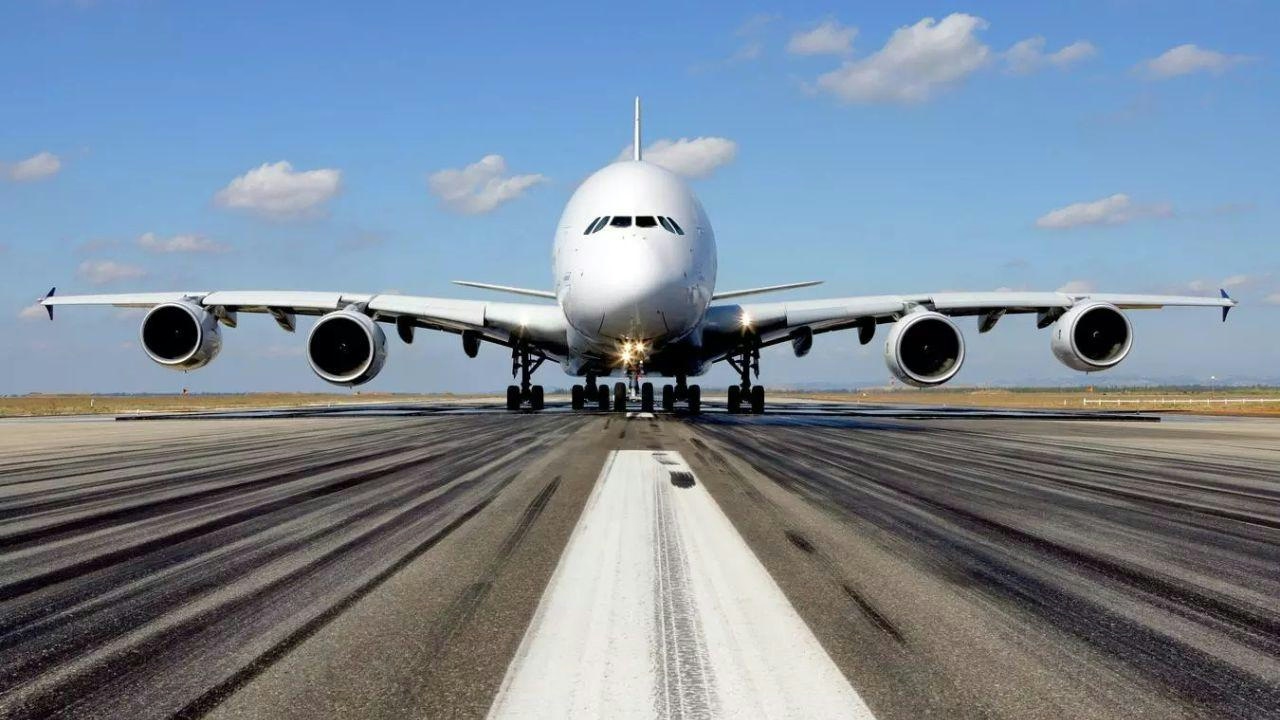
Brazilian Woman Becomes First Female Captain of Airbus A380
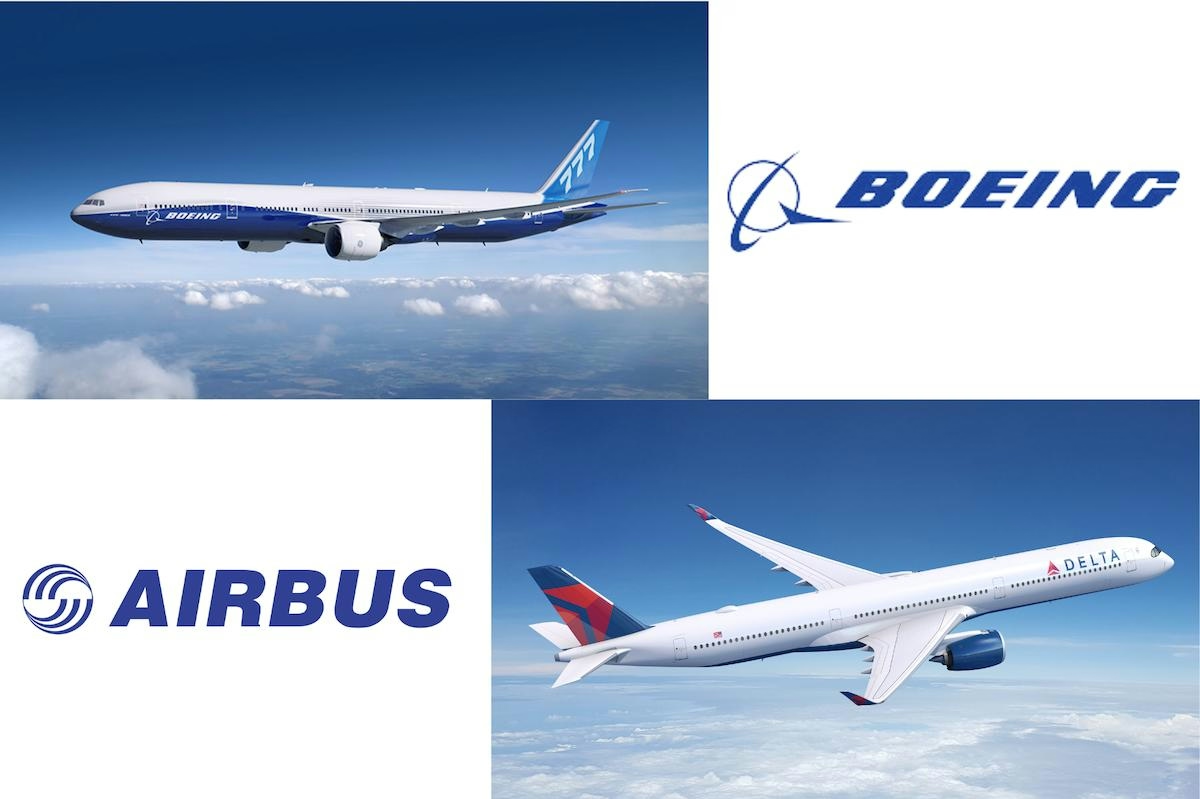
Airbus and Boeing: Comparing Their Global Reach

Vietjet Orders 100 Airbus A321neo Jets, Strengthening UK-Vietnam Strategic Partnership

The Aircraft Set to Replace the Iconic Superjumbo

Delta Air Lines Introduces AI-Powered Concierge Service

Shanghai to Host 2025 North Bund International Aviation Forum

Air Methods Acquires Three Bell 407GX Helicopters and Receives Bell 429 for Medical Fleet
